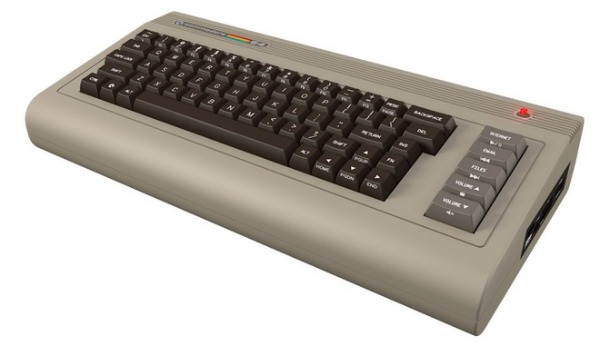Thanks to recent events, it’s almost banal to talk about how the increasing ubiquity of mobile devices and internet connectivity empowers the average Josephine on the street, but it’s worth remembering that governments aren’t the only hierarchies feeling the burn: the giants of retail commerce are starting to see the playing field flattened by price comparison apps [via MetaFilter].
Until recently, retailers could reasonably assume that if they just lured shoppers to stores with enticing specials, the customers could be coaxed into buying more profitable stuff, too.
Now, marketers must contend with shoppers who can use their smartphones inside stores to check whether the specials are really so special, and if the rest of the merchandise is reasonably priced.
“The retailer’s advantage has been eroded,” says Greg Girard of consultancy IDC Retail Insights, which recently found that roughly 45% of customers with smartphones had used them to perform due diligence on a store’s prices. “The four walls of the store have become porous.”
Some of the most vulnerable merchants: sellers of branded, big-ticket items like electronics and appliances, which often prompt buyers to comparison shop. Best Buy, the nation’s largest electronics chain, said Tuesday that it may lose market share this year, a downward trend that some analysts are attributing in part to pressure from price comparison apps.
The WSJ points out that not everyone has a smartphone capable of doing this sort of on-the-spot comparison, and that it tends to be applied to “big ticket” tech items rather than everyday bits and bobs like groceries. But if we assume that market penetration of handheld tech and mobile internet continues at its current pace, it’s not a wild leap to assume that price comparison will become a standard function, and possibly even the “killer app” that makes mobile internet appealing to those currently uninterested in its more abstract bleeding-edge “social” uses. If the Western recession continues for a few years, tools that save money will become extremely popular, and as a result we may see market forces narrowing traditionally huge profit margins very quickly indeed.
But hey, it’s not all about man-versus-The-Man: ubicomp also lets you single out your fellow citizens for their transgressions against the public good.
DriveMeCrazy, developed by Shazam co-founder Philip Inghelbrecht, is a voice-activated app that encourages drivers to report bad behavior by reciting the offender’s license plate into a smartphone. The poor sap gets “flagged” and receives a virtual “ticket,” which may not sound like much until you realize all the information — along with date, time and location of the “offense” — is sent to the DMV and insurance companies.
Anyone can write a ticket, even pedestrians and cyclists. No one is safe from being tattled on. Even if you don’t use the program, which went live Wednesday, you can’t opt out of being flagged if someone thinks you’re driving like a schmuck. Inghelbrecht is emphatic in saying he sees no privacy issues with the app and insists the end of road-going anonymity can only improve safety.
Now there’s a delightful conundrum for modern morality: we’d all love to be able to shop that douchebag who cut us up while clocking ninety in the fast lane, but we’d hate to be stung for the two minutes we left the car in a no parking zone so we could pop into the post office on our lunch break. The ability to mutually police each other’s behaviour represents a potentially massive shift in the way we think about society… but it also opens the gates to new forms of non-hierarchical persecution, pettiness and holier-than-thou bullshit.
For example, how about an app for reporting non-Christian (or non-Muslim, non-atheist, non-Liberal or non-Conservative) behaviour to a localised public forum? That’s sure to end well! Or an app for reporting people who throw pets into bins for a giggle, perhaps…
It’s a cliché to point out how much power the networked society offers us as individuals. But it’s less of a cliché, I think, to point out that we’re going to have to learn fast about the responsibility of individual and community power – not to mention a new need for mutual tolerance in a transparent world – if we want to avoid descending into a world even more dog-eat-dog than the one technology offers us an escape from. “Look first to the beam in one’s own eye”, and all that.

 Adam “Everyware” Greenfield doesn’t seem to have much luck with editors mangling his articles and essays before publishing them. His misfortune is our gain, however, as it means he ends up putting the originals up on his website, as with “
Adam “Everyware” Greenfield doesn’t seem to have much luck with editors mangling his articles and essays before publishing them. His misfortune is our gain, however, as it means he ends up putting the originals up on his website, as with “